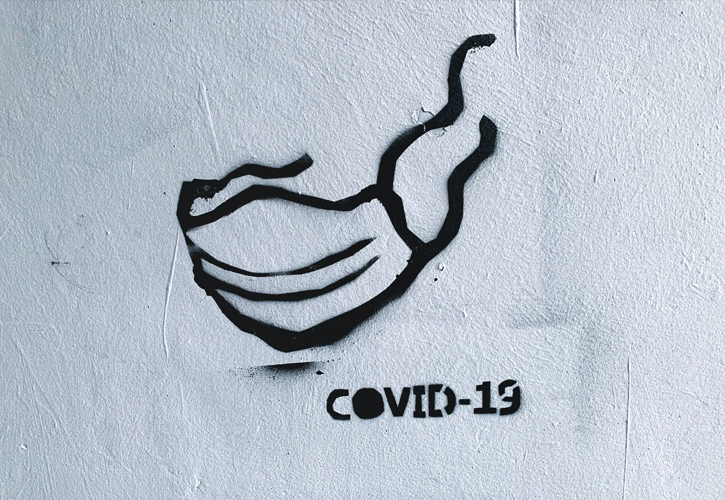Let's Talk Human Rights

“We Should Do Something:” A Semester in the Era of Coronavirus, Spring 2020 - Part 2
By Caroline Waldron
I am a sporadic social media user. So, when the InsideHigherEd published, “The Next Level of Precarity,” post on Facebook, I dutifully liked it and clicked to read the article. Later I noticed someone had tagged me in it. Getting tagged was a rare occurrence in the mere few years I have been a user. So, I paid attention.
The tag read:
Caroline Anne Waldron. We should do something to help the lecturers if we can.
Not only had I been tagged, but I had been asked to take action. Those two things put me in a “can-do” mood.
My second aha Moment
Establishing a new center of gravity that pivots but does not displace older models and methods of institutional decision-making
Because of the barrage of news on campus during fall semester about financial woes, there were a number of organizing efforts afoot. These were attempts to challenge and change the language and decision-making process regarding how money was to be spent.
I started talking to people who had been involved in these efforts: “Someone challenged me/us as privileged tenure line faculty to do something,” I told them. Most of the colleagues I spoke with were supportive, said it needed to be done, and pointed me to allies who would be good to work with because they were thinking and/or writing similar things. At UD, these were important points of reference because we knew we were not alone. For example, Georgetown faculty had pledged support for service workers when campus shut down in March. At Harvard, Yale and Smith, tenure line/ladder faculty circulated similar statements. Later there was a drive among prominent public intellectuals and scholars who said they would boycott universities that did not support non-tenure track faculty (NTT).
It made sense to try and get out a statement through the formal organizations where faculty governance played an established part of campus conversations. These included the Faculty Board, on which I serve as a representative. I brought the idea of the statement to the Board on April 15, four days after the Facebook posting. Many of the Board’s representatives agreed with the idea; they would later play a vital role in helping get the statement out for signatures and also for alerting upper administration about its existence. But the Board had other issues to address, including a follow-up on a financial stewardship survey. In the end, the Board was unable to write a statement.
I called my colleagues who had suggested the Faculty Board should take the lead on a solidarity statement. We decided to move forward. We made a list of people we knew shared our concern about getting out a meaningful statement and to do so quickly. Some had begun conversations with others but these seemed to have faltered, we later learned. The single most important piece of feedback I got from someone who declined to be part of the group, though he expressed support, was this: Staff must be included in such a statement. If we framed our support around faculty only, however precarious NTTs were, we were missing an opportunity that could message commitment to solidarity. Whereas all faculty had some sort of representational power, there was no parallel for staff – no Faculty Board, no place at Academic Senate, for example. Perhaps it was better, I remember thinking, that the Faculty Board did not take up the lead position on the statement.
Conclusion
Faculty and staff have the same concerns in a financial crisis as well as in a pandemic. Faculty and staff miss our campus and the students who make the work worthwhile; we feel uncertain and scared about today and tomorrow; we voice concerns, at a distance from one another mostly now but not alone; and we want to be recognized and listened to. To know these things, is a result of a gravitational shift. COVID-19 has reshaped the way faculty and staff talk about what we have in common as employees and has created other avenues where we can work together to improve conditions.
Dr. Caroline Waldron is an Associate Professor of History. Her research interests include social history (history from the "bottom-up") of immigrants, workers, and women; transnationalism; and feminism. She is a Human Rights Center Faculty Research Fellow.
